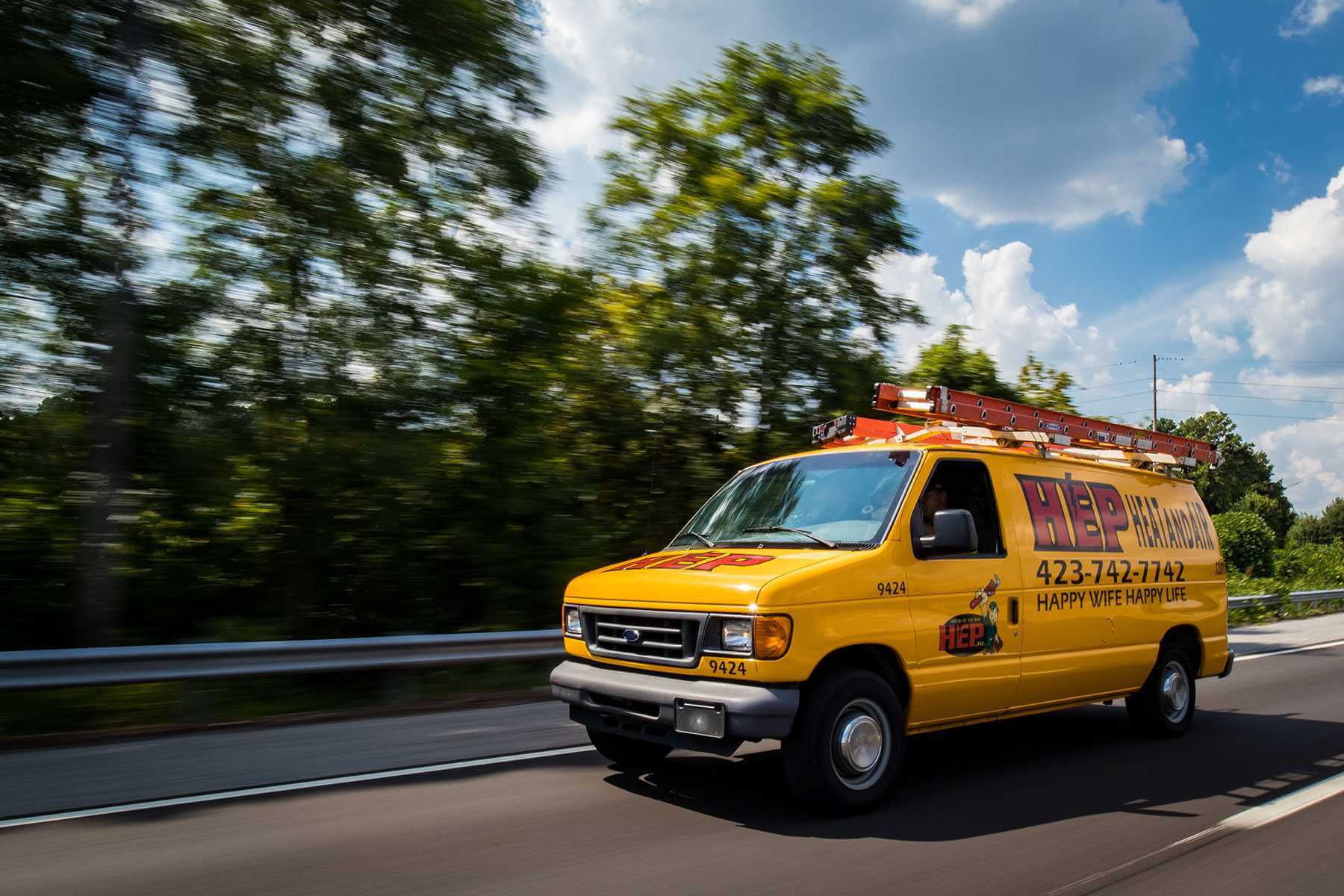

Repair Techniques
Your trusted partner for professional home services. Quality workmanship, guaranteed satisfaction.




- HEP Plumbing
- Repair Techniques
Repair Techniques | Main Line Issues | Plumbing | Greenback
A sudden backup in the yard or a mysterious foul odor can bring your day to a halt. When Greenback homeowners face main line issues, HEP’s licensed plumbers respond with advanced diagnostics—think high-definition sewer cameras, sonar leak detection, and pinpoint pressure testing—to reveal the exact trouble spot without needless digging. Once we’ve mapped the problem, our crew deploys trenchless pipe bursting, hydro-jetting, or cured-in-place lining to restore full flow, often in a single visit and with minimal disruption to your lawn or driveway.
Backed by a hometown guarantee and 24/7 emergency service, HEP blends cutting-edge technology with down-to-earth customer care. From preventative maintenance plans to post-repair walkthroughs, we make sure you understand every step—and that your water keeps moving the way it should. Trust the local team that Greenback has relied on for decades and get your plumbing back on track today.
FAQs
What are the most common signs that my main sewer or water main line needs repair in Greenback?
Homeowners often notice slow-draining fixtures in different parts of the house, gurgling toilets, sewage odors in the yard, soggy patches of grass when it hasn’t rained, a sudden drop in water pressure, or unexplained spikes in the water bill. Any of these symptoms can indicate cracks, blockages, or root intrusion in the main line. Because minor issues can escalate quickly, we recommend a camera inspection as soon as you notice persistent drainage or pressure problems.
What repair techniques do you offer for main line issues, and how do they differ?
We tailor the solution to the pipe material, location, and extent of damage: • Trenchless Pipe Lining (CIPP) – We insert a resin-soaked liner that hardens in place, creating a new pipe inside the old one. Ideal for moderate cracks and joint separation. • Pipe Bursting – A bursting head fractures the old pipe while simultaneously pulling in a new HDPE line. Best for severely collapsed or undersized lines. • Sectional Spot Repair – A short liner or replacement section targets a localized defect without relining the entire run. • Hydro-Jetting & Mechanical Descaling – High-pressure water or cutting tools remove roots, grease, and mineral scale to restore flow when the pipe itself is still sound. • Traditional Excavation & Replacement – Necessary when the line is completely collapsed, has extensive bellies (sags), or when local codes require full pipe replacement.
When is trenchless main line repair a viable option for my property?
Trenchless methods work when the host pipe still has at least 20–30 % structural integrity, the line follows a predictable path (free of sharp bends), and there is sufficient access at two points (an entry and exit pit). We verify these conditions with a camera inspection and locate service. In Greenback’s clay and loam soils, trenchless is feasible in roughly 70 % of the cases we see, saving lawns, driveways, and mature trees from excavation.
Will my yard, driveway, or landscaping be disturbed during the repair?
Minimal disruption is one of the biggest advantages of trenchless technology. For CIPP lining or pipe bursting, we usually need two holes about 3 ft × 3 ft each near the house and at the street tap. Driveways, patios, and landscaping between those two points typically remain intact. If the line requires open-cut replacement, we use shoring and precise excavation to limit the trench width and we backfill and compact to local code. Our team also provides optional sod or hardscape restoration services so your property looks as good as—or better than—before we started.
How long will a main line repair take, and will I lose water or sewer service during that time?
A trenchless lining or bursting job on a typical 40–70 ft run can be completed in one working day; hydro-jetting and spot repairs often take just a few hours. During lining or pipe bursting, water/sewer service is usually shut off for 4–6 hours while the liner cures or the new pipe is pulled into place. We schedule work to minimize inconvenience—many customers leave for work in the morning and return to a fully restored system by evening. Full open-cut replacements may require 2–3 days, with at least one overnight service interruption; we always provide temporary solutions such as bypass pumping if needed.
Do I need permits or inspections for main line repairs in Greenback, and do you handle them?
Yes. Blount County and the City of Greenback require a plumbing permit and post-repair inspection for any main sewer or water line work on private property that connects to the municipal system. If the repair impacts the right-of-way, a street cut permit is also mandatory. Our office handles all paperwork, fees, and scheduling with the Greenback Building & Codes Department and the Water & Sewer Authority, ensuring the job meets current IPC and local amendments. We provide you with final inspection documentation for your records and any future property sales.